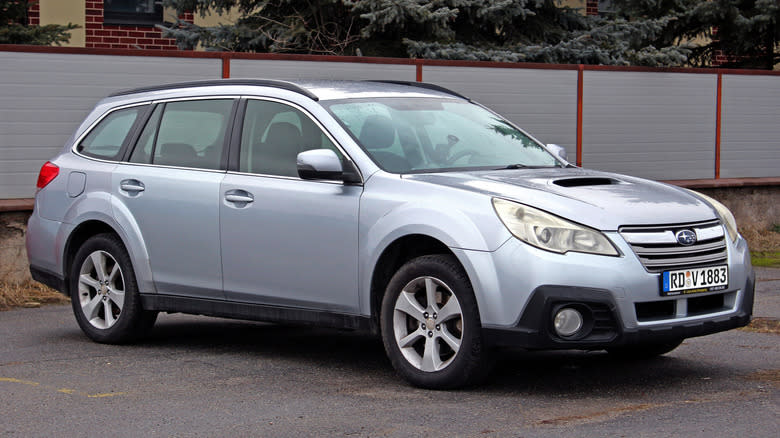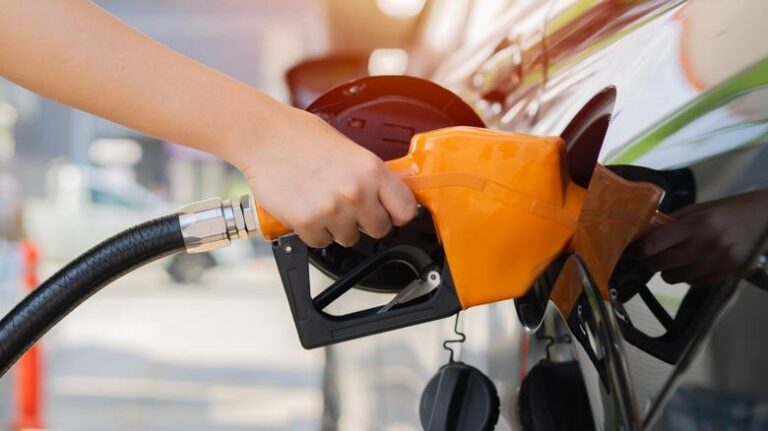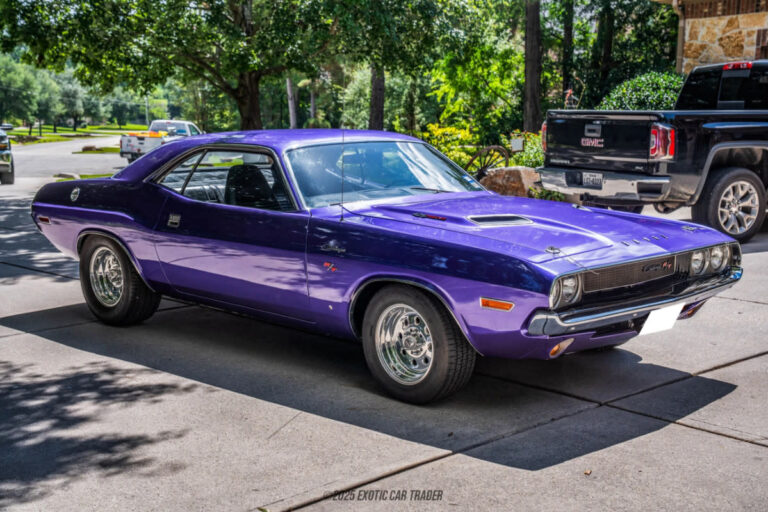
Like many automakers, Subaru had its share of difficulties during the early years of the pandemic, but it has gotten its groove back since. After nearly a decade of growth from 2010 to 2019, U.S. sales took a nosedive in 2020 but started climbing up again in 2023. The company would then ring up a streak of 33 straight months of growing sales –- which, however, did come to an end in May 2025. Either way, it’s strong evidence that Subaru had it right along.
Of course, that doesn’t mean Subaru gets it right every time. Remember the Subaru Tribeca? The brand’s first three-row SUV lasted from 2006 to 2014 before being cancelled due to — well, a lot of things, from a lack of space to the polarizing design. Another big idea from the company –- diesel boxer engines –- didn’t even get started in the United States. Although diesel-powered Subarus were available in a number of countries around the world from 2008 to 2020, none were ever sold in the U.S.
It was a rare misstep for the company, but one that makes sense in retrospect. Subaru, like other automakers of the time, was struggling to reduce emissions in its diesel engines and eventually realized it wasn’t economically feasible. Other companies came to the same conclusion, but made the costly mistake of trying to cheat the system instead.
Read more: These Cars Are Going To Age Terribly
Reducing Diesel Emissions Is A Difficult Task

Diesel fuel has some important benefits over gasoline — including the fact it contains more energy per gallon — but unlocking that advantage also requires a slightly different process. In a gas engine, power is made when the spark plug ignites the fuel and air mixture in the cylinder head, causing it to combust.
However, a diesel engine creates combustion from compression, where the fuel and air mixture spontaneously ignites just from being compressed by the piston. Either way, the process requires air from the world around us, which naturally contains nitrogen and oxygen. When those two elements come together during combustion, it forms a variety of dangerous nitrogen oxides — there’s just no way around it.
So all internal combustion engines create NOx emissions. Diesel engines, however, need much more air to mix with the fuel for combustion, and that means much more nitrogen and oxygen combining to create much more NOx. Needless to say, it’s not a healthy outcome. According to the American Lung Association, the long list of concerns about NOx includes inflamed airways, reduced lung function, and increased asthma attacks. Some studies directly say it can lead to higher mortality rates. Of course, that didn’t stop Donald Trump from claiming that emissions standards don’t make a difference to the environment.
To be clear, there are ways to reduce diesel emissions of NOx. The problem is they’re currently too expensive to implement in an affordable light-duty diesel car.
Subaru’s Diesel Engines Were Knocked Out By More Than Emissions

The key reason Subaru’s diesel-engined vehicles were never for sale in the United States was indeed that it would have cost too much to get them to meet this country’s strict emissions standards. Yet that may have been a blessing in disguise.
It turns out that Subaru’s long-running Boxer engines had some mechanical issues when configured for diesel — at least anecdotally. The main culprit seems to be the crankshaft. That’s the part of the engine that transfers the up and down motion of the cylinders into the rotational motion needed to drive a car’s wheels. The situation made the news in Europe as well, with the noted German car publication Auto Bild blaming issues on a faulty design for the crankshaft bearing and silicone getting into the crankcase when it was being assembled.
However it happens, a bad crankshaft can lead to severe engine damage. If it breaks when you’re driving on the highway, and it causes you to lose control of the vehicle, it can be deadly. So while it might be disappointing that the U.S. buyers never had a chance to own a diesel Subaru, it ultimately might have been for the best














